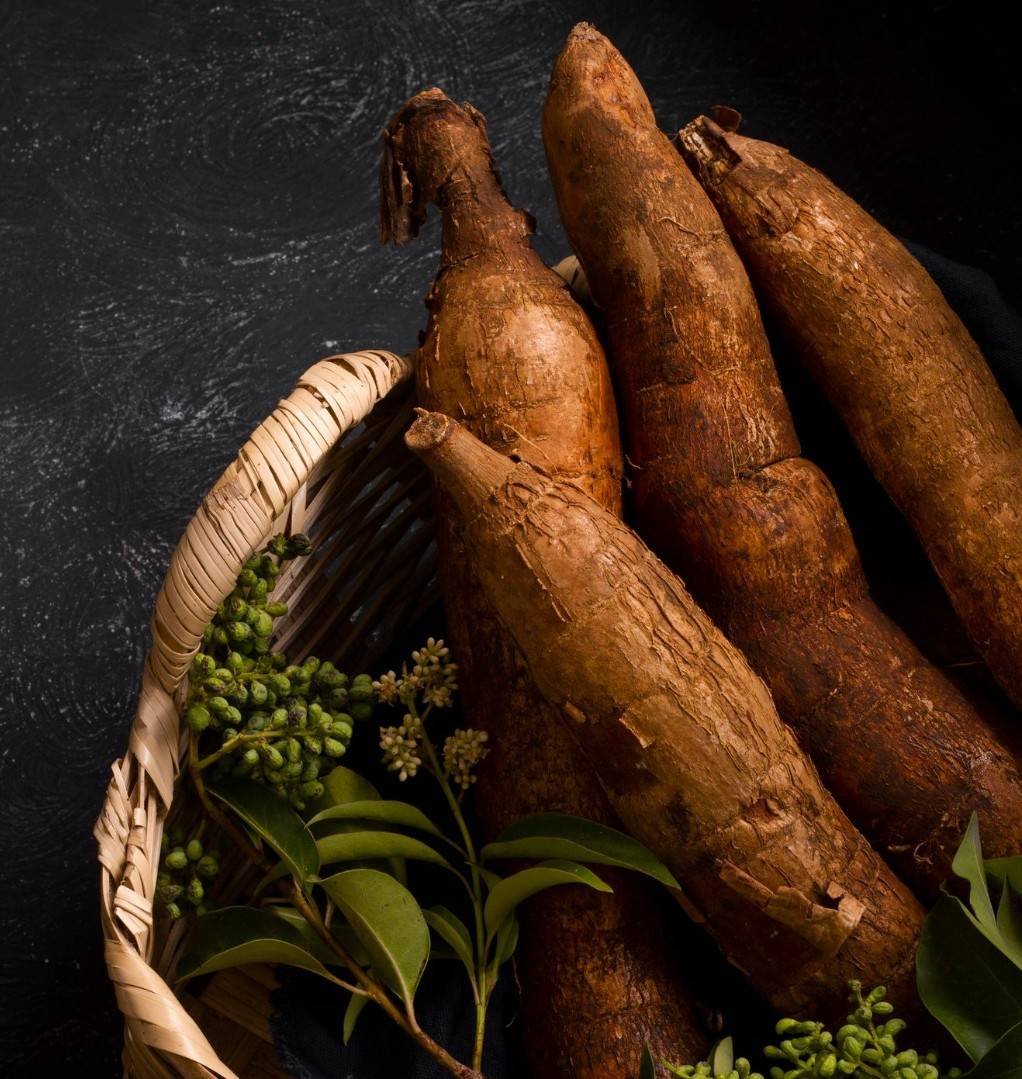Vegetables with cyanide by themselves
2598 Views |

Where does the cyanide come from?
There are two main routes of cyanide sources, first is natural cyanide and second is
man-made cyanide.
Natural cyanide is a chemical that can occur by itself. May be caused by the reaction of various chemicals in nature, found in more than 1,000 plant species and more than 90 species of microorganisms that can synthesize cyanide.
Cyanide-containing agricultural crops such as cassava, sorghum, bamboo shoots, corn, almonds, etc. The animals that contain cyanide are found in many insects such as centipedes, millipedes, beetles, butterflies, etc. These insects can generate cyanide and release it to protect it from enemies.
From the news ‘Am Cyanide’: The story of Thailand’s female serial-murder suspect is synthetic cyanide. For use in the plastic industry, dye production, gold ore extraction,
metal cleaning agents, insecticides, rat poison, etc.
Symptoms upon exposure to cyanide
If exposed in large doses will have shortness of breath, abnormal blood flow, convulsions, loss of consciousness, cardiac arrest and skin turning purple.
If exposed in small amounts, the symptoms will be a headache, face turning red, drowsiness, nausea, vomiting, and a rash.
The toxicity of synthetic forms of cyanide is more severe. If taken on an empty stomach of only 0.2 g/kg of body weight, it can cause death in minutes. But if receiving this substance when the stomach is full of food will cause death in hours.
However, the cyanide in plants cannot be overlooked because there was an incident of
a 3-year-old child who ate almost the entire head of raw cassava. Then they were convulsions, writhing, foaming at the mouth, slow heartbeat, and death within hours. Therefore, we should also be careful with plant-derived cyanide.
Examples of cyanide-containing vegetables
Cyanide-containing vegetables include cassava, bamboo shoots, spider flower, sweet leaf, climbing wattle, chaya spinach (tree spinach), and sacred garlic pear (temple plant). To be safe from cyanide must be cooked or through fermentation before being eaten.
Cassava and bamboo shoots, when boiled for about 10 minutes, can reduce the cyanide level by up to 80%, the residual after being heated will not cause harm to the body because it is a very small amount.
As for the spider flower, sacred garlic pear in the northeastern region, it is commonly used to pickle which is a safe way to eat.
Gratitude to research sources citing
ความรู้เบื้องต้นเกี่ยวกับไซยาไนด์. กลุ่มเทคโนโลยีโลหวิทยา สำนักอุตสาหกรรมพื้นฐาน
ไซยาไนด์. กรมวิทยาศาสตร์การแพทย์
ข่าวแอมไซยาไนด์. BBC NEWS ไทย
ข่าวเด็กกินมันสำปะหลัง. ฐานความรู้เรื่องความปลอดภัยด้านสารเคมี. จุฬาลงกรณ์มหาวิทยาลัย





